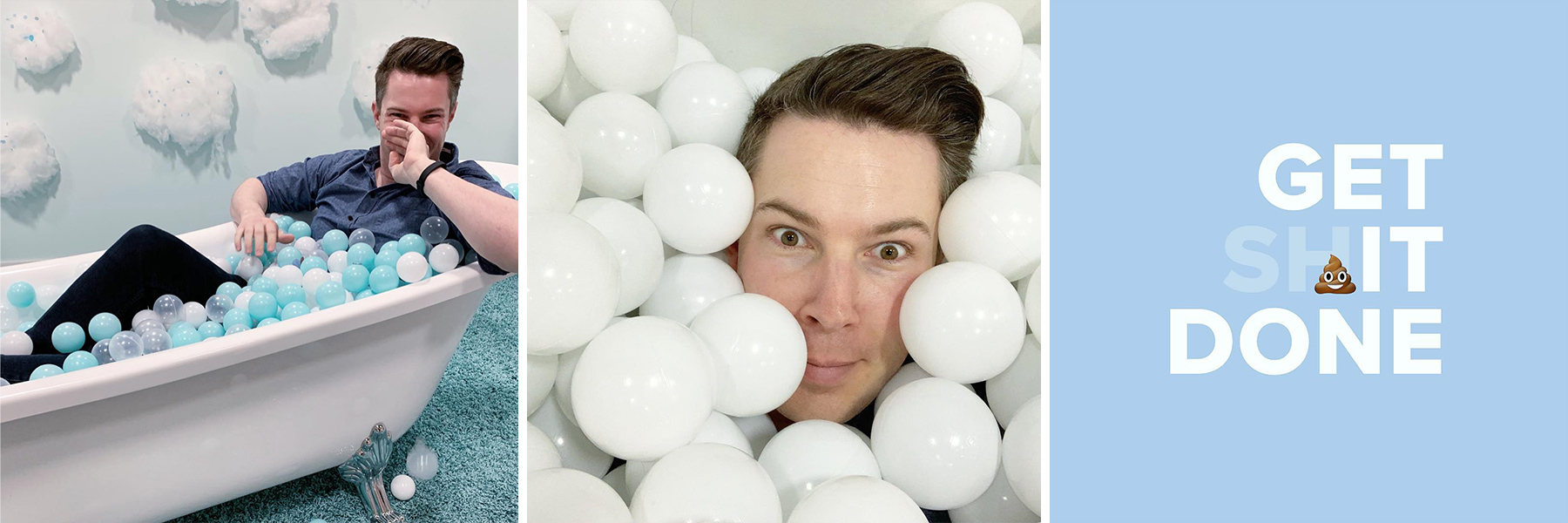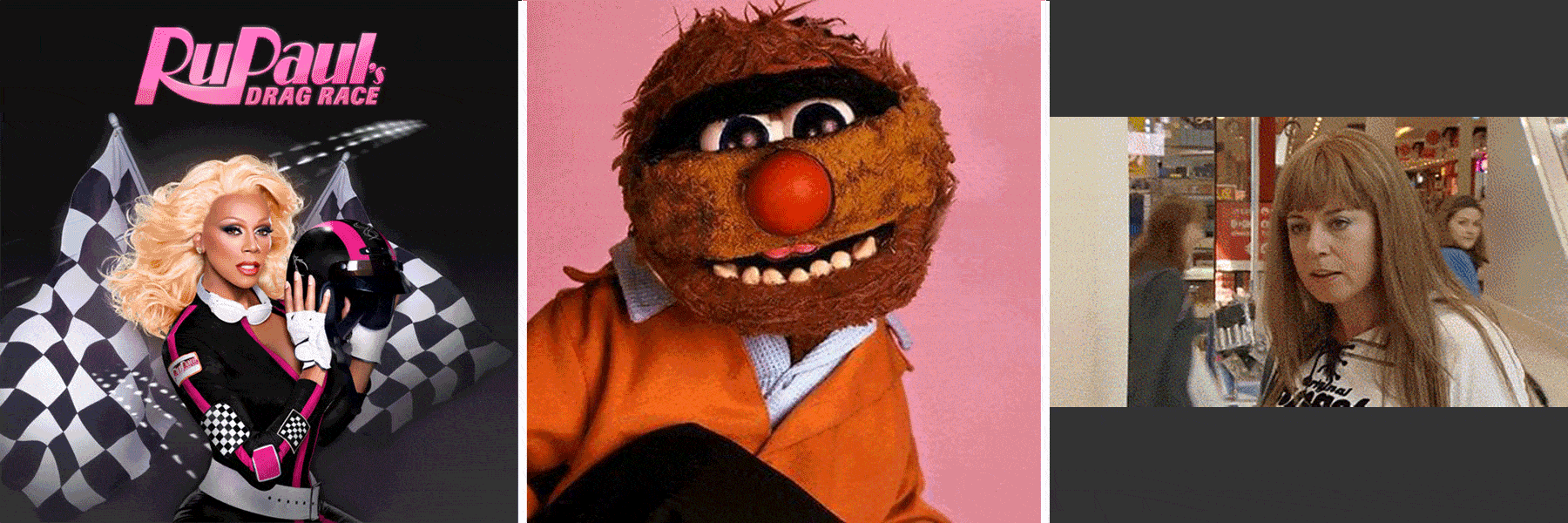Every person we work with has dramatically different work styles — from communication preferences and ways of expressing themselves to things they value and like (and things they don’t). These traits affect how we collaborate and, as a result, how effectively a team operates.
Navigating these differences is a challenge to dance around each day. Should you approach your manager about the project timeline in their office, book a meeting in their calendar, send them an email – or spend time coming up with a solution to present to them before bringing it up? Finding the answer is a case of trial and error, especially when you are new to working together.
With all the moving parts and personalities involved in a project, we are bound to stumble, step on toes and even embarrassingly face-plant during this delicate dance. What if the time and effort spent choreographing these different working styles was instead focused on the actual work at hand?
Many top CEOs started creating ‘how to work with me’ manuals to streamline working with them for their employees – outlining things like the best ways to work, communicate and collaborate with them.
I read this article about creating one of these manuals through a 15-minute exercise – and not just for upper-leadership, but the whole team creating their own guides. It has revolutionized the way teams collaborate and eased pain points that often are not spoken of. The benefits of these manuals can then be applied across the entire company structure.
The activity
Using the following prompts from David Politis’s article to create a ‘how to work with me’ guide:
About you
- What are some honest, unfiltered things about you?
- What drives you nuts?
- What are your quirks?
- How can people earn an extra gold star with you?
- What qualities do you particularly value in people who work with you?
- What are some things that people might misunderstand about you that you should clarify?
How you interact with others
- How do you coach people to do their best work and develop their talents?
- What’s the best way to communicate with you?
- What’s the best way to convince you to do something?
- How do you like to give feedback?
- How do you like to get feedback?
(Source)
Once you’ve created this documentation about yourself (I suggest a Google Doc for easy updating and sharing), send it out to your coworkers, and they should do the same. Having a shared understanding of each other’s preferences and work styles means you won’t have to dance around each other anymore. Making your work life, and theirs, much easier.
As a lover of efficiency, improvement and self-development, I completed this exercise about my work style. It’s surprising how powerful putting together these answers was – I learned a lot. I hope this example inspires you to complete it for yourself (I’d love to read it if you’d share). This is my deal:
My ‘how to work with me’ guide

1. What are some honest, unfiltered things about you?
I’m the opposite of ‘fake it till you make it’
I don’t bullshit. I’m not going to talk about a subject I’m not well-versed in. I will be honest and clear about my strengths and capabilities. I round down on my skill level, rather than over-sell what I can do. Under-promise and over-deliver!
I’m process driven
I see the value in process and how it makes work better and more efficient. Process, systems and efficiencies make me tick!
That doesn’t mean we can’t break the rules, evolve or adapt a process. I love testing, trying and changing processes. But there should be rules in place to start with, and they should be understood before breaking them.
I am an under-emoter
I deal with excitement, passion, and challenges on an emotional-level internally. I don’t outwardly emote or exaggerate what I’m feeling – often not physically emoting much at all.
If I am quiet, it doesn’t mean I am disagreeing or upset – but that I am listening, thinking and considering. I spend time observing until I know what to say. I think before I speak.
Being a Creative Director is great – it’s what I love. I LOVE what I get to do every day. This is what I am passionate about. I love the challenges I face and the problems I get to work on. I am genuinely thrilled to do what I do with people like you — even if I don’t express that outwardly.

I love to laugh
It is important to laugh. I have a good sense of humour (or at least I think I do 😜 ). I like to be happy and enjoy life. There are two ways of going through something: with laughter or without. I choose with laughter.
Laughter lightens the mood. It makes people relax and helps them relate to common experiences – all ingredients for engaged and meaningful meetings and work. Let’s have fun, work hard – and have some fun while doing it.
I want you to be happy
I’m doing what I love and I want you to enjoy the process of working with me. Your experience, as a client or coworker, is just as important as the experience of the users and customers we are designing for. If it isn’t enjoyable or working for you, let me know – that is a problem we can solve.
Also, studies have shown that happy people are more productive. So let’s make this a great experience, do great work – and be productive together!
2. What drives you nuts?
- Inefficiencies
- Poor communication
- And specifically for coworkers: keep your files organized please!

3. What are your quirks?
I have an uncanny ability to inject a RuPaul’s Drag Race GIF or quote into any situation. Also, my knowledge of 90s and 2000s Australian niche pop culture is, shall I say, astounding.
4. How can people earn an extra gold star with you?
Bring your talent and experience, and show up with your all. I’ll do the same. It will be great.
5. What qualities do you particularly value in people who work with you?
- Honesty
- Communication and being upfront
- Celebrating and championing others
- I value people who are interested and invested in continuous learning and growth
6. What are some things that people might misunderstand about you that you should clarify?
My sarcasm can be misunderstood. It is intended to break any tension or make you laugh. Sometimes it might come across as dry – but it comes from a good place.
7. How do you coach people to do their best work and develop their talents?
I aim to create a fun, engaging, open, environment for creativity and ideas to flow, and meaningful discussion and debate to occur. Everyone should be heard and feel comfortable to raise issues and propose ideas.
I believe in hiring and working with people who are smarter than me and bringing their talent into the light to shine.
I bring my experience and talent – and you bring yours. I can learn from you as much as you can learn from me. If there is anything I can share with you, I’m an open book – go ahead and ask. I love to help, educate and help others grow. We all rise together.
8. What’s the best way to communicate with you?
Communicate early and often. Unable to meet a deadline? Don’t understand a task? Let’s talk about it as soon as possible. Reevaluating a problem or reallocating resources is easier the earlier the issue is known.
I am flexible on communication. With that said, I am invested in being the most efficient and productive version of myself. No one wants to be distracted by Slack messages every 2 minutes. Instant messages about small issues throughout the day can pile up and result in hours of wasted back-and-forth time (for you and for me).
If it’s urgent, by all means – send me a Slack message. If the questions are not urgent, email is a great option. An email allows us both to work in larger chunks, rather than jumping between tasks (which has been proven to be inefficient, multitasking is a fallacy). I value my inbox and often treat it as a to-do list. It might not be instant, but you will get a reply to an email. If it’s more efficient to pick up the phone (or book a video call), then don’t hesitate to do so!
If you’re thoughtful in your communication, I truly value that and I thank you. It means a lot. And I will offer the same for those I work with. I do want to make sure that you’re getting what you need as far as communication, so let’s discuss it. Each project and client has unique requirements – and so should that project’s communication protocols.
9. What’s the best way to convince you to do something?
I believe I’m pretty easy to convince.
If we’re talking about a task, just ask me. Let me know what needs to be done and the priority. I’m driven by the “why” behind the task – so let me know. I do my best work when I understand the bigger picture.
If we’re talking about implementing a new process or initiative – let’s talk about it. I love trying new things, testing and seeing how we can improve. Let’s go for it!
10. How do you like to give feedback?
I don’t want to dictate what changes should be or how I think you should solve it – so don’t expect that (unless you specifically ask).
I’ve experienced years of design critiques and feedback. I’ve found open communication lines to be most useful – a healthy back and forth. If you don’t agree with my feedback then let’s discuss it. Discussion and debate are healthy, and often essential to a project and the best outcome. I want to ensure that dialogue is open.
When talking through a deliverable, I want it to be a safe space for whatever conversations need to happen. I want you to experience my feedback in a manner that is valuable for you – let’s create that space together.
11. How do you like to get feedback?
Feedback plays such an important role in design. We design from our own perspective and with our own bias (as much as we try to avoid it) – and that can be dangerous. Feedback from a different perspective will only make my work better.
I love feedback. Give feedback as early as possible and often. Don’t wait to give feedback. If you need time to digest and think things through, that’s great, please do – just let me know.
A frustrating experience is to get feedback only on the finished product. It wastes time and often means backtracking (likely costing more resources). Bring yourself to all rounds of feedback. Remember how I said I like efficiency – it’s very that.

If you don’t understand what to give feedback on, or how: ask, ask again, and keep asking until it’s understood what feedback is required.
Also, whatever you think of my work: I can handle it (and I’ve probably heard worse). Design school does a good job of preparing designers for critiques, not matter how harsh. Never be afraid of offending me in giving feedback. I’d rather hear a harsh critique and re-evaluate the solution than have an unhappy client. Feedback leads to better design – it’s an important part of the process.
I suggest everyone complete this activity. I know these as truths about myself somewhere in my mind – but writing them down has made me think them through and articulate exactly what I need to be successful. This is a powerful exercise that has helped me in my work.



